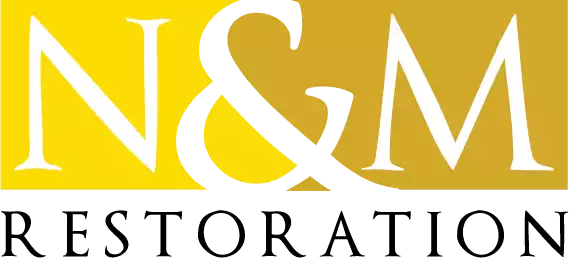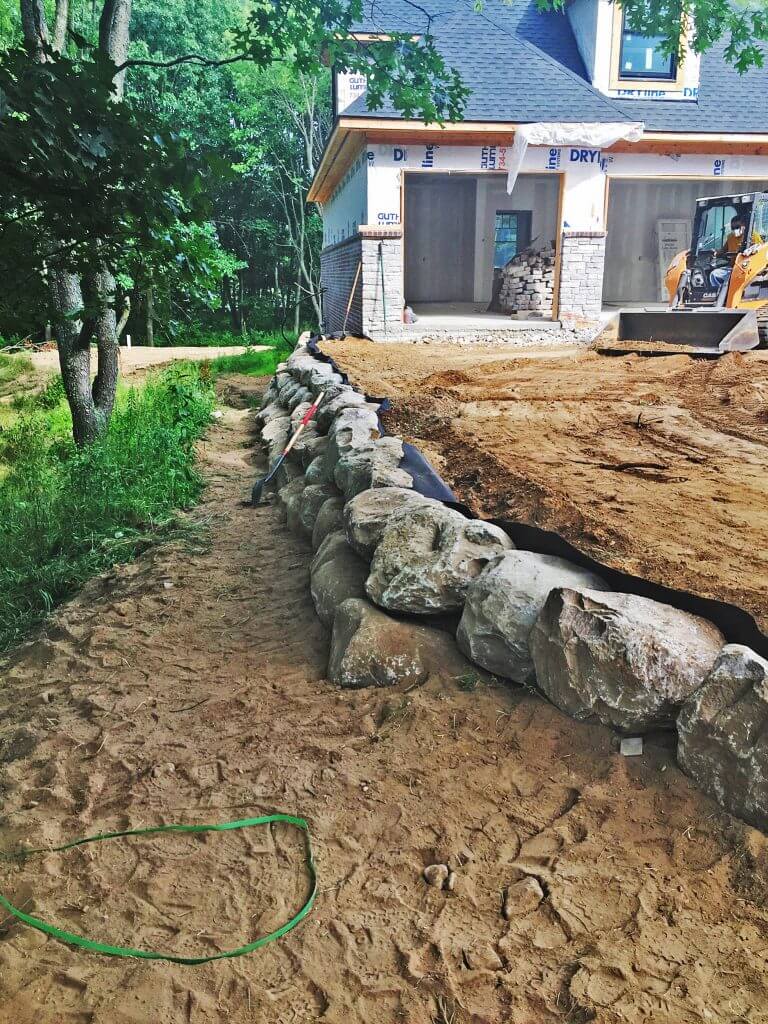The Function of a Retaining Wall
So, what is the purpose of a retaining wall? The primary function of a retaining wall is to hold back soil on a sloping piece of land. If there is a sharp drop from the top of the slope to the bottom, a retaining wall creates vertical support for the upper soil. Therefore, retaining walls are used in residential and commercial settings. They can also be seen along highways, neighborhood streets, and more.
Beyond acting as a barrier, retaining walls serve aesthetic and drainage purposes. They can break up a large piece of land to create visual interest Also, they can redirect water away from communal areas. For instance, you may have a retaining wall around your fire pit area so you can create a flat surface for seating. The retaining wall may also have a drainage system in it that directs rainwater away from the fire pit into a more desirable place in the yard.
Do I Need a Retaining Wall?
Most property owners choose to install a retaining wall to solve a specific problem. If your house is at the bottom of a hill, you may need retaining walls to prevent your back porch from flooding. If you had to excavate a large section of land to build on, you may need a retaining wall to restrain and cover the exposed soil. Some decide to go for a boulder retaining wall for aesthetics. We can help you decide if a retaining wall is right for you during an in-person consultation. Call (248) 924-9798 to schedule an appointment.
Retaining Wall Design Tips
If you’re in need of a retaining wall, think about the functional needs first. Then you can choose materials that complement your home or commercial building. Work with your retaining wall contractor to determine the exact location of the wall. This will decide how tall it will be and what materials are best suited for construction. From there, you can select the pavers, brick, stone, or concrete pattern that will look best on your property. If you need additional hardscaping to tie those elements into other parts of the property, we can do that. Contact N&M Restoration to schedule your retaining wall consultation.





